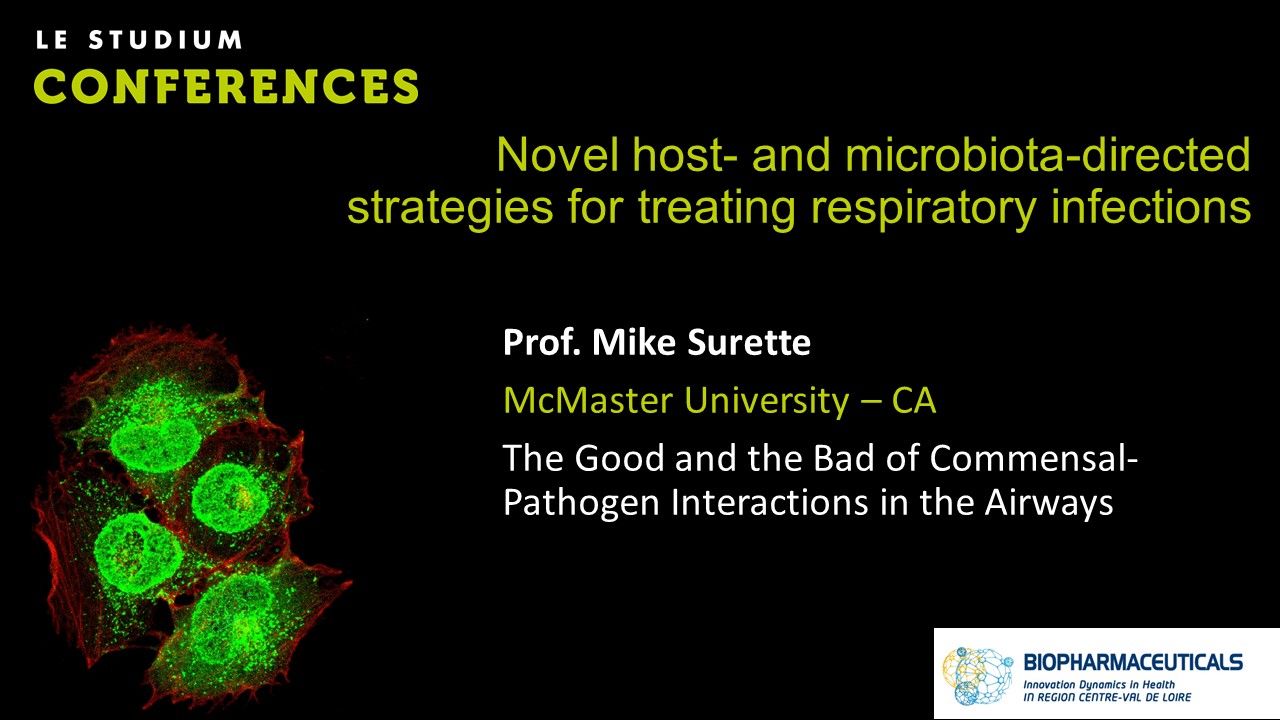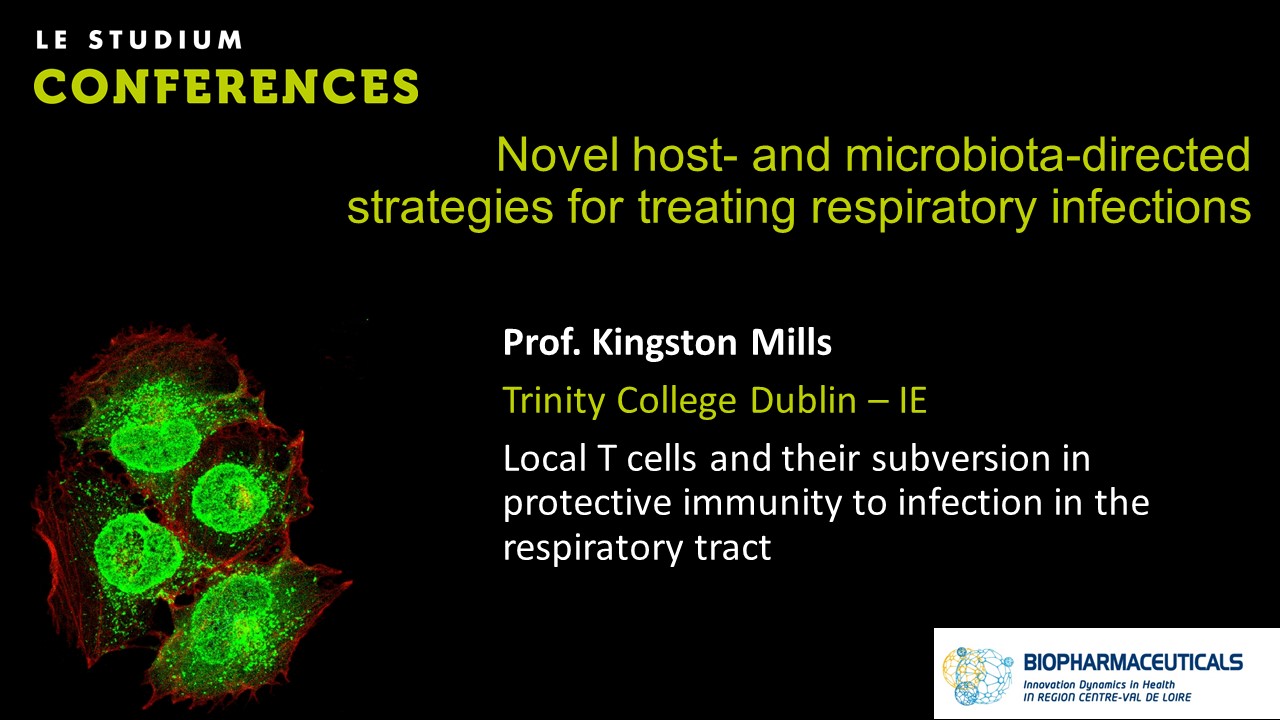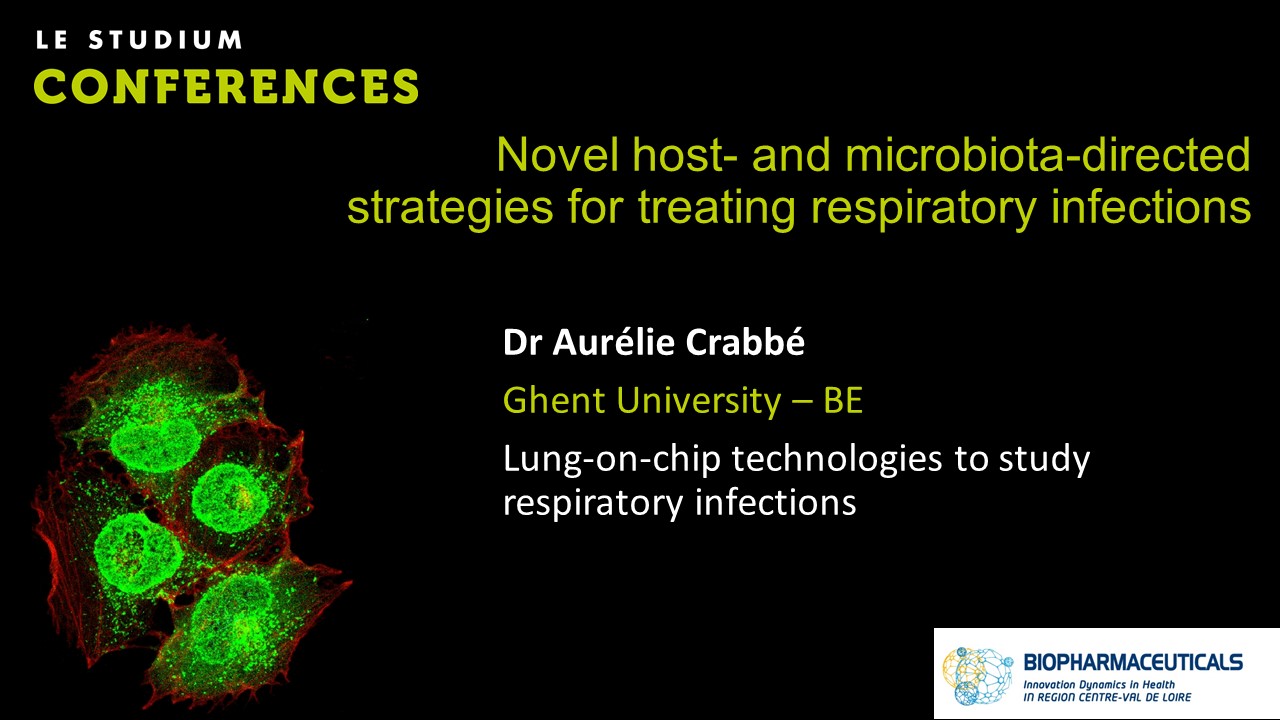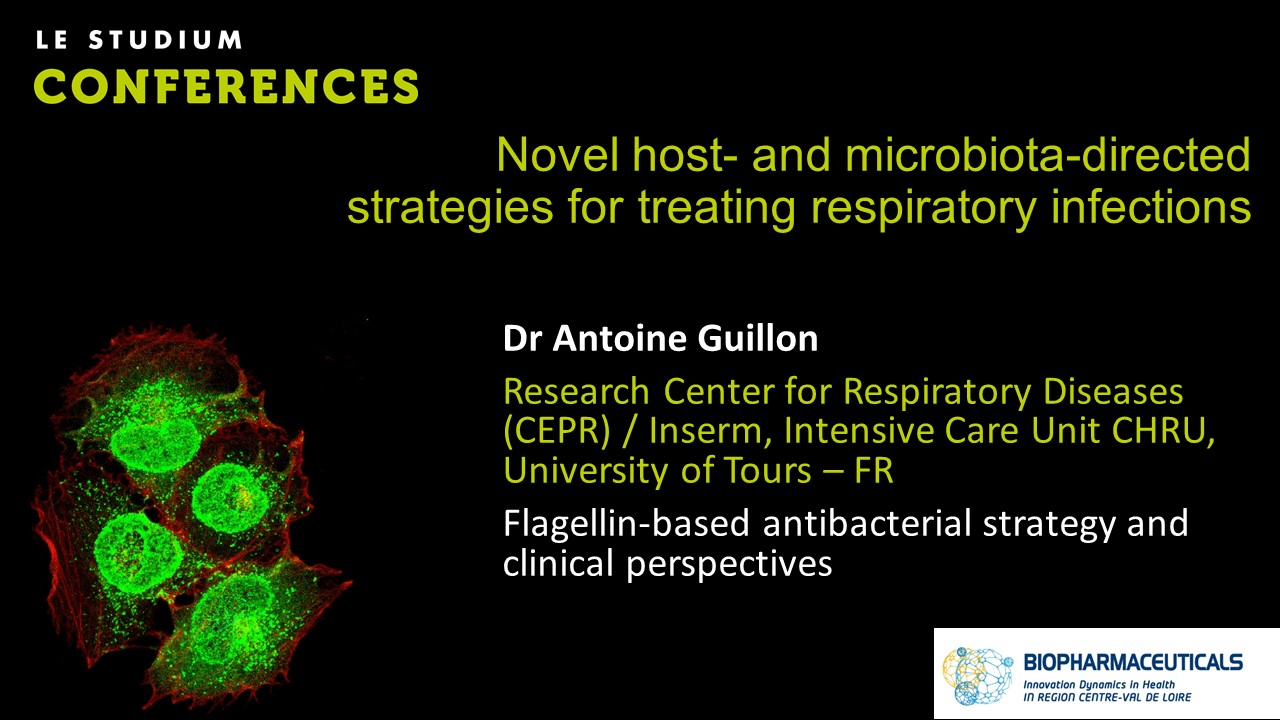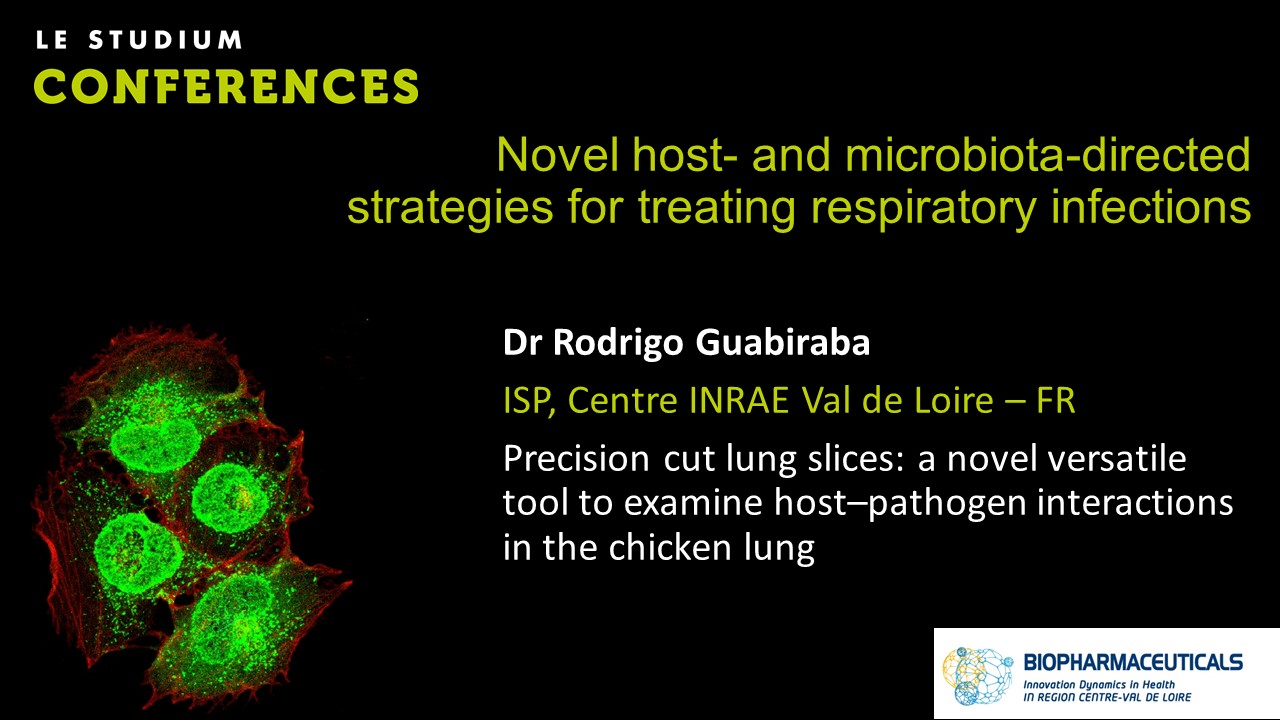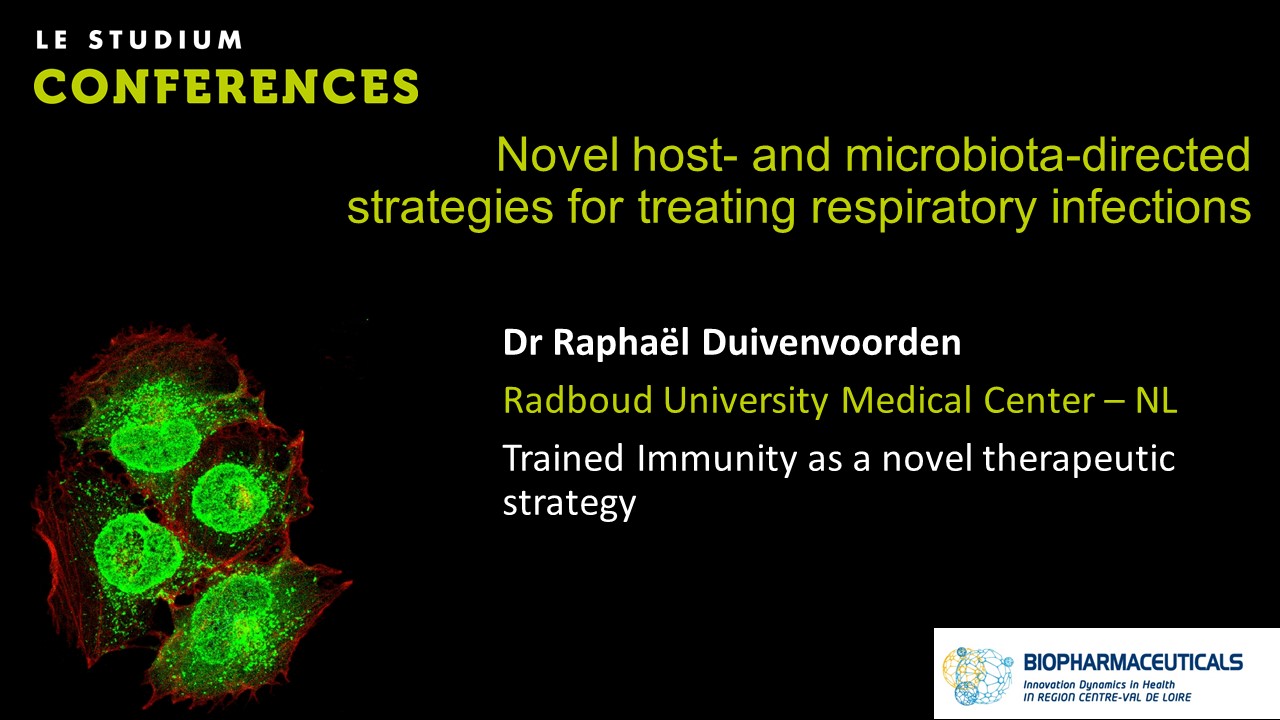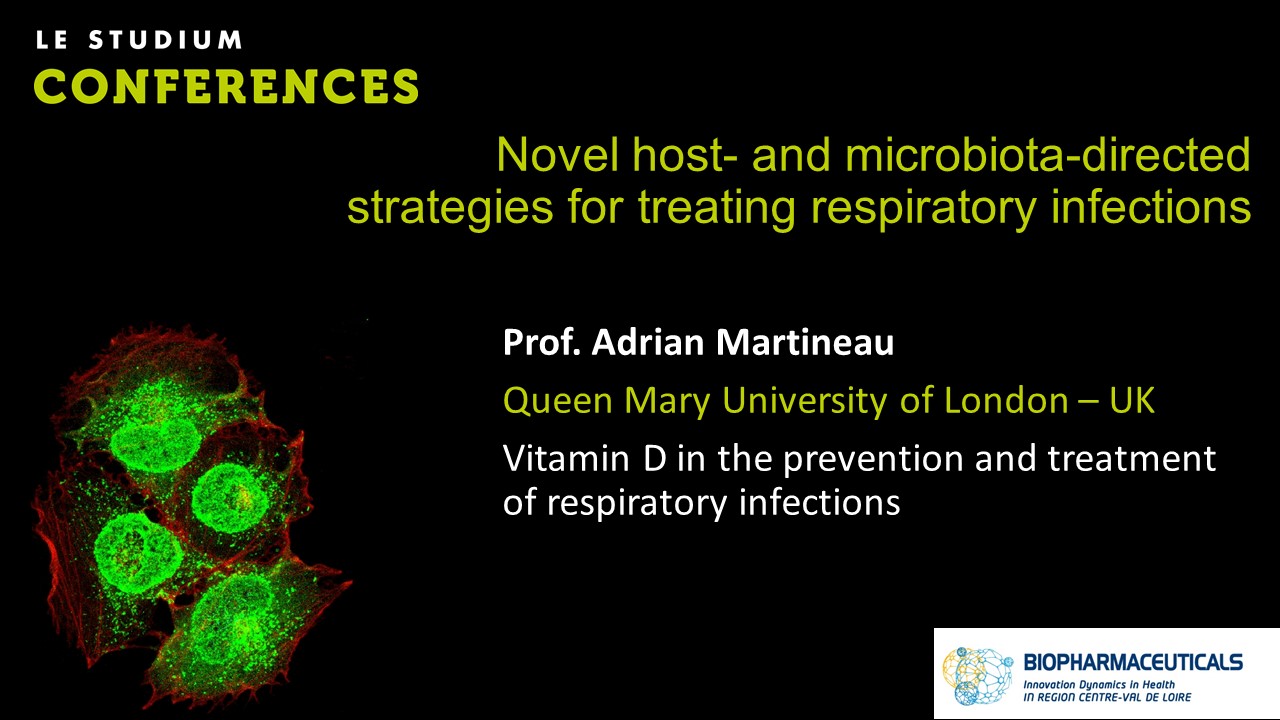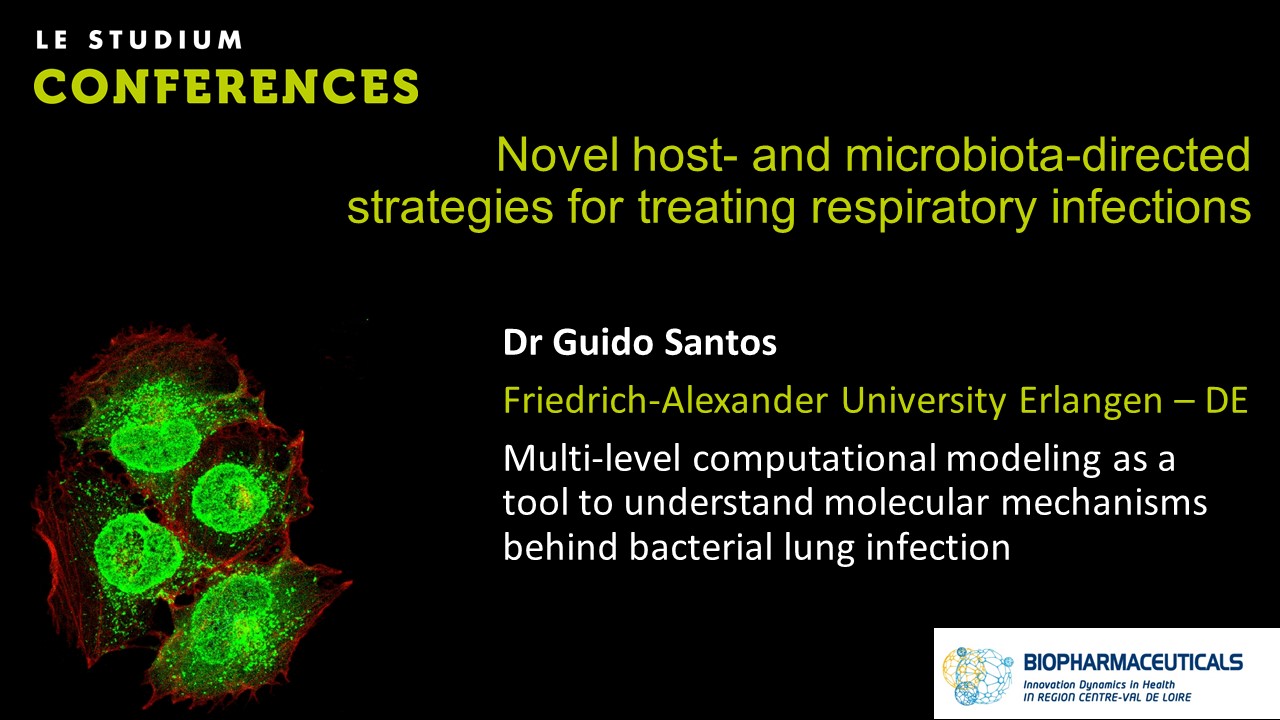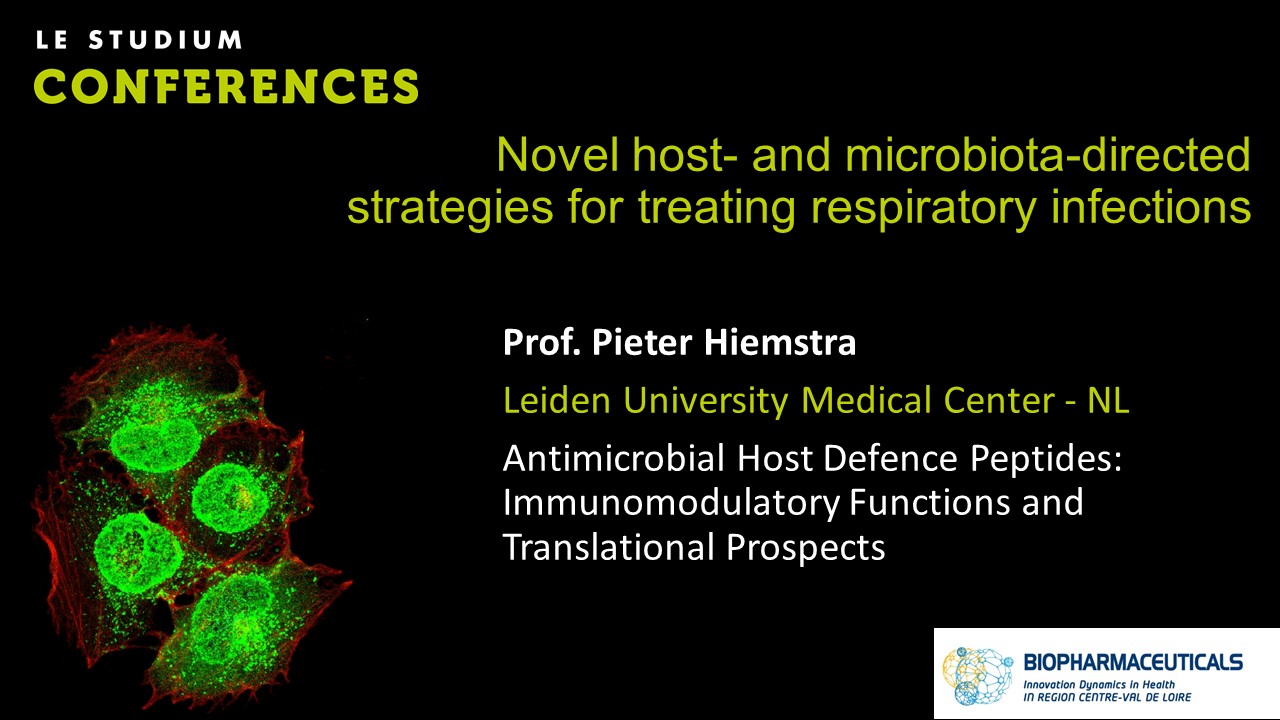Notice
Dr Mustapha Si-Tahar - Towards a metabolic anti-influenza therapy
- document 1 document 2 document 3
- niveau 1 niveau 2 niveau 3
Descriptif
Influenza Avirus (IAV) is the etiological agent of a contagious acute respiratory disease,which is associated with high morbidity and mortality. This virus also causes a considerablesocio-economic burden despite annual vaccination campaigns. To help designinnovative antiviral therapies, it is essential to better understand IAV-hostcells interaction. In that regard, recent studies revealed the interplaybetween metabolic and immune signaling pathways.
In this communication,I will present evidence that IAV alters lung tissues metabolism and I will showits functional consequence. Remarkably, we recently identified one metabolitethat accumulates in the airways of IAV-infected hosts and which exhibits apotent antiviral activity, as assessed using both in vitro and in vivoapproaches. I will also present the underlying inhibiting molecular mechanism thatinvolves a specific post-translational modification process and an inhibition ofIAV replication cycle. Hence, my presentation will highlight metabolites as novelcomponents of the lung antiviral arsenal.
Dans la même collection
-
Prof. Mike Surette - The Good and the Bad of Commensal-Pathogen Interactions in the Airways
The airways are colonized by a complex microbiota that varies in composition and density spatially throughout the respiratory tract, as well as temporally through the life-course. While the lower
-
Prof. Kingston Mills - Local T cells and their subversion in protective immunity to infection in th…
Respiratory infection with Bordetella pertussis causes whooping cough. The infection is controlled by innate immune responses, but complete bacterial clearance from the respiratory tract and
-
Dr Aurélie Crabbé - Host metabolites modulate bacterial susceptibility to antibiotics
Antibiotic susceptibility of bacterial pathogens is typically evaluated using in vitro assays that do not consider the complex host microenvironment. This may help explaining a significant
-
Dr Antoine Guillon - Flagellin-based antibacterial strategy and clinical perspectives
Bacterial pneumonia is a leading cause of morbidity and mortality worldwide. Antibiotics constitute the standard of care but are faced with the emergence of antimicrobial resistance and the curative
-
Dr Rodrigo Guabiraba - Precision cut lung slices: a novel versatile tool to examine host–pathogen i…
The avian respiratory tract is a common entry route for many pathogens and an important delivery route for vaccination in the poultry industry. Immune responses in the avian lung have mostly been
-
Dr Raphaël Duivenvoorden - Trained Immunity as a novel therapeutic strategy
Innate immune cells form a vital first line of defense against pathogens, and their activation upon recognition of pathogens is rapid and non-specific. For a long time it has been assumed that
-
Prof. Adrian Martineau - Vitamin D in the prevention and treatment of respiratory infections
Vitamin D is best known for its effects on calcium homeostasis, but a growing body of evidence shows that it also has extensive immunomodulatory actions. In this talk I will describe the effects of
-
Dr Guido Santos - Multi-level computational modeling as a tool to understand molecular mechanisms b…
Pneumonia is one of the most prevalent infectious diseases worldwide, whose main cause is the pathogen Streptococcus pneumoniae. This is an opportunistic disease affecting the most to sensitive
-
Prof. Pieter Hiemstra - Antimicrobial Host Defence Peptides: Immunomodulatory Functions and Transla…
Antimicrobial host defence peptides (AMPs) are effector molecules of the immune system. AMPs are considered as possible alternatives to conventional antibiotics for the treatment of respiratory

